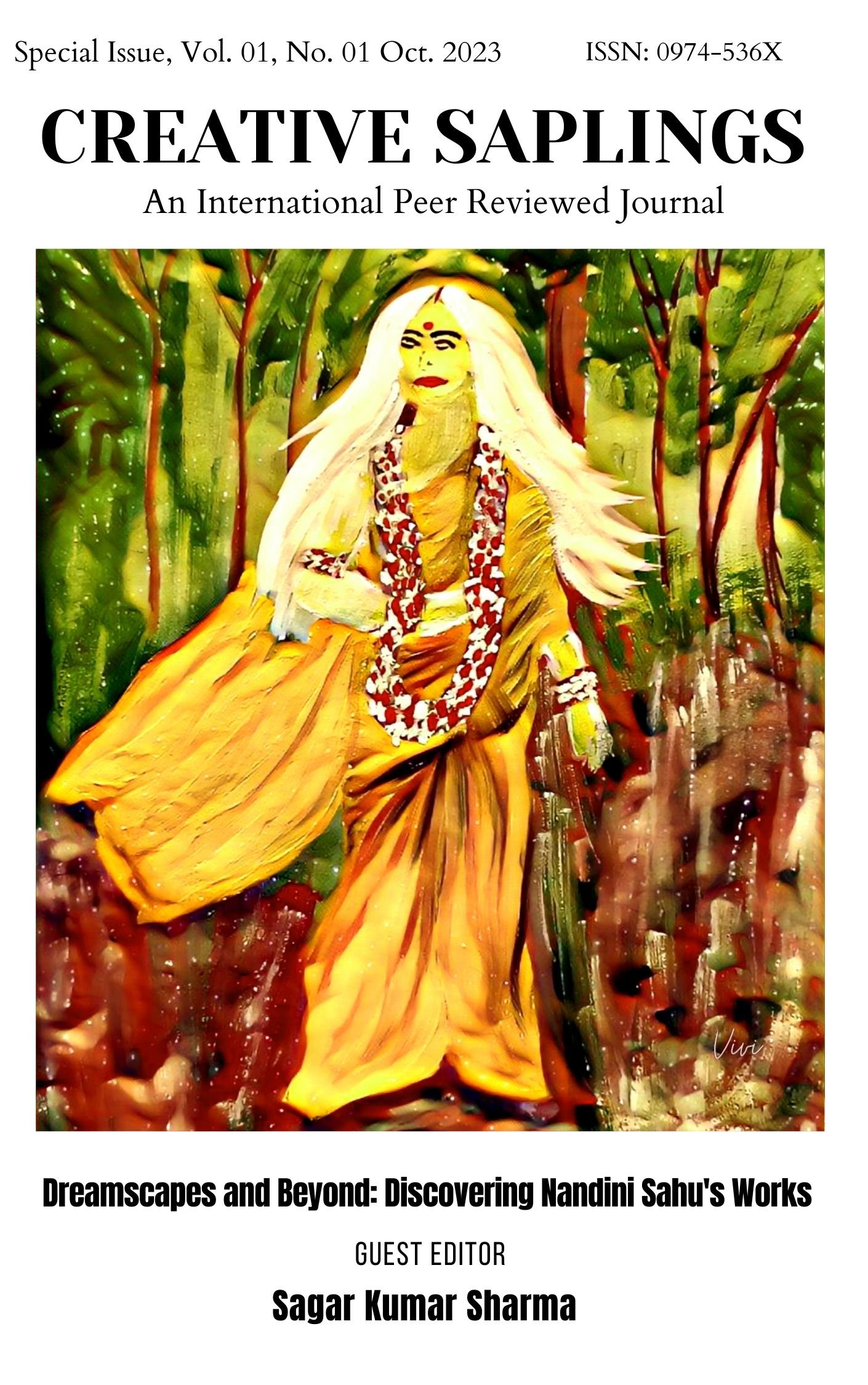Reimagining the Myth of Ahalya: A Feminist Reading of Nandini Sahu’s Poem Ahalya’s Waiting
DOI:
https://doi.org/10.56062/gtrs.2023.1.01.420Keywords:
: Feminism, Myth, Gender Politics, Resistance, FolkAbstract
In the last two decades of the new millennium, as far as Indian Writing in English is concerned, the focus has shifted from the mainstream characters to the marginal figures of the Indian epics which is evinced by a renewed interest in Indian mythology through numerous retellings in the recent past. These retellings are unique in the sense that the focus is mainly on women and marginalized characters thereby offering fresh perspectives of interrogation and interpretation and also foregrounding new sensibilities in the process. Hence, in the recent times, more specifically from a women-centric perspective, appropriations and reworkings of the central women characters from two prominent Indian epics, that is, the Ramayana and the Mahabharata, can be observed in the form of folk songs by rural women as well as by women writers attempting to dissect the traditional narratives from a feminist perspective.
In the quest of understanding the experiences and values that shape the collective consciousness of a given society, epics serve as an important tool of exploration as they continue to hold influence over the masses even today. Additionally, epics continue to form an important part of the cultural domain, and hence, all such appropriations serve a very specific purpose among many vis-à-vis tapping into the potential of traditional narratives to act as a resource in so far as understanding and interrogating gender politics and dominant ideologies and at the same time offering subsequent corrective measures is concerned.
‘Ahalya’s Waiting’, a poem by Professor Nandini Sahu, then, seeks to embark upon two important projects, that is to unravel and interrogate the gender politics and offer alternative sites of resistance against the dominant ideologies that continue to impinge upon the aspirations of women even today. The poem features in her anthology of poems titled A Song, Half and Half (2022). Moreover, the poem portrays not only the unjust treatment Ahalya is subjected to after she has been deceitfully seduced and raped by Indra and her subsequent metamorphosis into a stone owing to the curse by her husband sage Gautama but also concerns itself with her assertion of self and claiming subjectivity as its central theme.
Downloads
References
Chaitanya, Satya. “Female Subversion: The Spirit of Lilith in Indian Culture.” Indian Literature, Vol. 50, No. 3 (233) (May-June 2006), pp. 179-189. JSTOR, http://www.jstor.org/stable/23341003.
Divakaruni, Chitra Banerjee. The Palace of Illusions. New York: Picador, 2008. Print.
Karve, Irawati. Yuganta: The End of an Epoch. New Delhi: Orient Blackswan, 1974. Print.
Pattanaik, Devdutt. Jaya: An Illustrated Retelling of the Mahabharata. Gurgaon: Penguin Books, 2010. Print.
Rajagopalachari, C. Mahabharata. Mumbai: Bharatiya Vidya Bhawan, 1951. Print.
Ramanujan, A K. "Three Hundred Ramayanas: Five Examples and Three Thoughts on Translation." The Collected Essays of A.K. Ramanujan. Ed. Vinay Dharwadker. New Delhi: Oxford University Press, 1999. Print, pp 131-60.
Sahu, Nandini. A Song, Half and Half (Love Poems). Bhubaneswar: Black Eagle Books, 2022. Print.
Valmiki. The Ramayana. Ed. Govindlal Hargovind Bhatt. Baroda: Oriental Institute, 1960-75. Print.
Vedvyasa. The Mahabharata. Trans. Kisari Mohan Ganguli. New Delhi: Munshiram Manoharlal, 1993. Print.

Downloads
Published
Issue
Section
License

This work is licensed under a Creative Commons Attribution-NonCommercial-NoDerivatives 4.0 International License.




